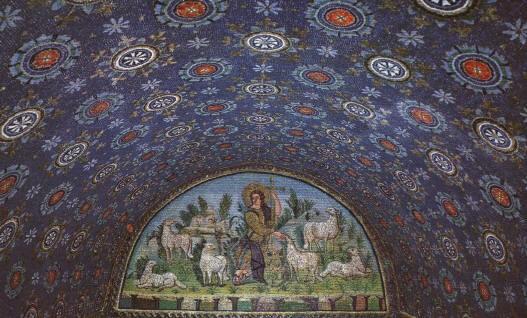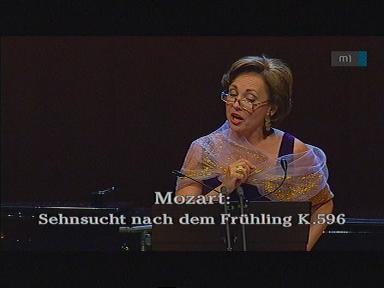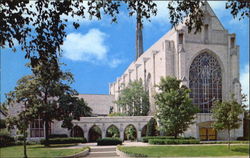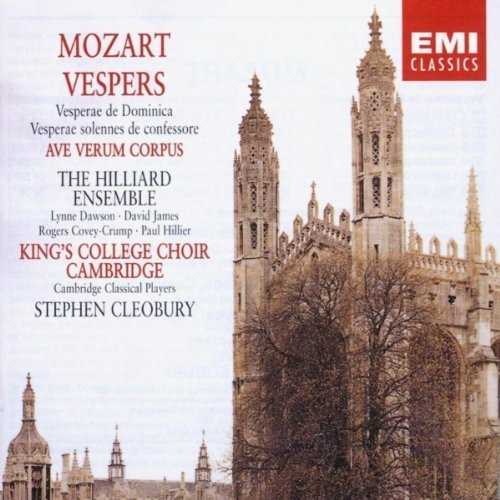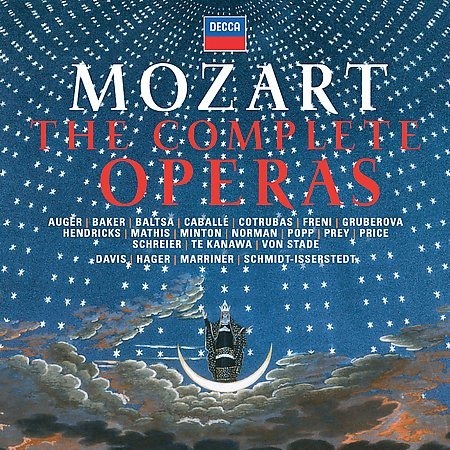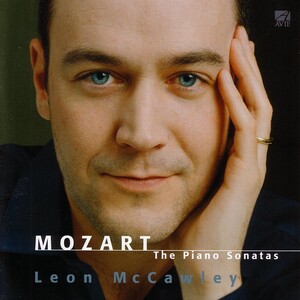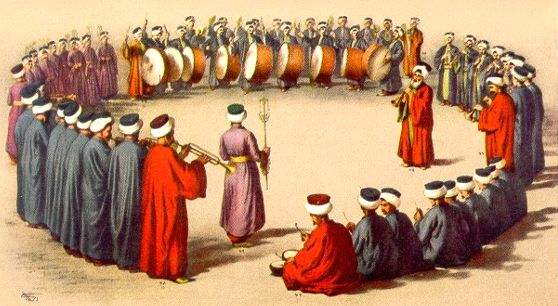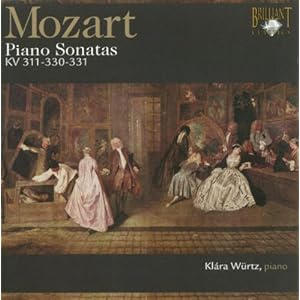 |
| "Deutsche Tänze" |
| sleigh ride / 雪撬 |
- aka "Deutsche Tänze", K.605/3
* Dance 1
* Dance 2
* Dance 3 'Die Schlittenfahrt'
Mozart left a huge production of dances for orchestra,
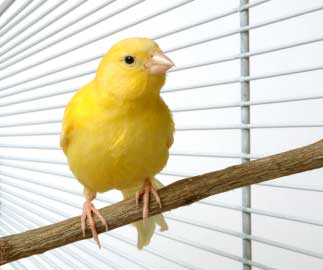 |
| kanarienvogel / canary / 金絲雀 |
* No.5 (of 6 German Dances) in K.600
aka 'Die Kanarienvogel'
Hear the canaries singing (0:40)?
* Vier Deutsche - K.602
- (four German Dances)
List of concert arias, songs and canons by Mozart
 "The Violet" / "Das Veilchen" / , K.476
"The Violet" / "Das Veilchen" / , K.476* A song written to a poem by Johann Wolfgang von Goethe.
A violet in the meadow saw a young and singing shepherdess coming.
It wished to be picked up and fastened to her bosom.....
But ooops! Her darling feet trampled on the violet, and killed it.
[If the sky has kind stars] / "Ah se in ciel, benigne stelle"
- Aria for soprano & orchestra, K.538
- Komm, lieber Mai / Come, dear May, K.596
- It became a popular German folk song - here, by the Vienna Boys Choir
